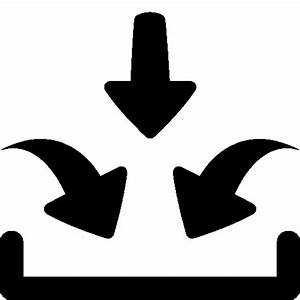PLANNING AND PREPARING A LESSON OR SEQUENCE OF LESSONS.

“… plans are useless, planning is indispensable…”
-Dwight D. Eisenhower.
A chef needs recipes, an architect needs blueprints, a busdriver needs a route or maps, as well as teachers need lesson plans.
There are different elements in lesson planning such as:
-What teachers and lerners need to do and learn/teach.
-The time alloted
-The learners’ needs and intereses.
-etc.
Teachers need to consider the sequence of activities in a lesson, and a sequence of lesson within a course.
When we plan we need to consider before the lesson what to teach, how to do it, and what problems and anticipaste solutions we might face.
During the lesson teachers need to perform different roles (asesor, monitor, administrador). Time and space management are some elements to consider during a lesson as well.
After the lesson we need to reflectores on our teaching, decide if learners need further practice, and plan again.
The first step for planning and preparan a lesson or sequence of lessons is to identify and select the sims. For this reason, it is important to understand the following terms:
An aim is what the teacher wants to achieve in the lesson or in the course. Aims might Focus on a grammar structure, a function, lexis, context, or even a kill development.
The main aim is the most important aim of the lesson, for example the teacher’s main aim in a lesson could be to teach the simple present tense (structure) or to develop reading skills.
A stage aim is the aim or purpose of a stage (section of a lesson), step or short section of a lesson, e.g. to provide controlled practice of the simple present tense or to develop skimming micro-skills for Reading comprehension.
A subsidiary aim is less important than the main aim. It could be the language or skills learners must be able to use in order to achieve the main aim of the lesson or a skill or language area which is practised while focusing on the main aim.
A personal aim is what the teacher would like to improve in his/her teaching, e.g. to reduce the time I speak, memorize all my students’ names.
A sequence is a series of things, which follow each other in a logical order. It might be a sequence of stages in a lesson or a sequence of lessons in a course.
Another important term we need to identify is the target language, which is the focus of the lesson or a part of the lesson. It could be grammar, lexis, functions or pronunciation.
A syllabus describes the language and skills to be covered on a course, and the order or sequence in which they will be taught.
A curriculum is conformed by the subjects which make up an educational programme. They are taught differently in different contexts and in different cultures.
Components (of a lesson plan)
Planning and preparing a lesson and a sequence of lessons is vital. Planning allows teachers to be prepared and focused. For this reason lesson planing and use of resources for language teaching is one of the modules that we will cover in this course. However, we need to know some basic components (of a lesson plan) to consider. Read the following terms:
Components (of a lesson plan)
The main parts of a lesson plan, e.g. aims, procedure, timing, aids, interaction patterns, anticipated problems, assumptions, timetable fit, personal aims.
Objective
Lesson objectives are specific learning targets that help achieve a lesson’s aims, e.g. Learners will be able to understand the gist of the text.
Goal, target
An aim that a learner or teacher may have.
Scheme of work
A basic plan of what a teacher will teach for a number of lessons. Its aim is to try to ensure that lessons fit logically together, to give the teacher clear goals and to try to ensure a balance of language, skills*, topics and activities over a number of weeks or months.
Target language
The language which is the focus of the lesson or a part of the lesson. It could be grammar, lexis*, functions* or pronunciation*. The language being studied (L2*).
Timetable fit
How a lesson fits logically into a sequence of lessons; how what goes before a particular lesson links to, and helps learners with, the following lesson.